I am trying to produce 2 different geom_vlines with different colours in 2 different facets of a dataset. I am doing this to highlight means of 2 different facets.
Here's the dataset:
Pclass Sex Age SibSp Parch Fare Cabin Embarked Survived
3 male 22 1 0 7.25 S 0
1 female 38 1 0 71.2833 C85 C 1
3 female 26 0 0 7.925 S 1
1 female 35 1 0 53.1 C123 S 1
3 male 35 0 0 8.05 S 0
1 male 54 0 0 51.8625 E46 S 0
Here's the code:
g<-ggplot(data = train3, aes(x = Age, y = Survived, colour = factor(Pclass)))
g<-g+facet_wrap(~Sex)
g<-g+geom_point(size = 4, alpha = 0.2)+ggtitle("Survival by Gender")+theme(plot.title = element_text(hjust = 0.5))
g<-g+geom_vline(data = subset(train3,Sex=="female"), xintercept = mean(train3[which(train3$Sex=="female"),3]), colour = "pink", size = 1)
g<-g+geom_vline(data = subset(train3,Sex=="male"), xintercept = mean(train3[which(train3$Sex=="male"),3]), colour = "blue", size = 1)
g
Here's the output
I actually want to produce only 1 vline in each facet: pink in female and blue in male.
The suggestion given here is not working either . Error shown being:
Error in .(Sex == "female") : could not find function "."


